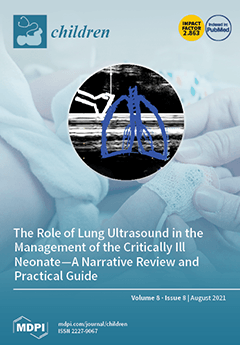Background: The standard of treatment for infants with hypertrophic pyloric stenosis is still pyloromyotomy. Recently, in most of the pediatric surgery centers laparoscopic pyloromyotomy has become popular. The aim of the present study is to compare the outcomes of treatment in infants with hypertrophic pyloric stenosis between traditional open approach and laparoscopic pyloromyotomy using 3-mm electrocautery hook. Methods: A total of 125 infants, 104 (83.2%) males, with median age 33 (interquartile range, IQR 24, 40) days, who underwent pyloromyotomy because of hypertrophic pyloric stenosis, between 2005 and 2021, were included in the retrospective study. Of that number 61 (48.8%) infants were allocated to the open group and 64 (51.2%) to the laparoscopic group. The groups were compared in regards to time to oral intake, duration of surgery, the type and rate of complications, rate of reoperations, frequency of vomiting after surgery, and the length of hospital stay. Results: No differences were found with regards to baseline characteristics between two investigated groups. Laparoscopic approach was associated with significantly better outcomes compared to open approach: shorter duration of surgery (35 min (IQR 30, 45) vs. 45 min (40, 57.5);
p = 0.00008), shorter time to oral intake (6 h (IQR 4, 8) vs. 22 h (13.5, 24);
p < 0.00001), lower frequency of postoperative vomiting (
n = 10 (15.6%) vs.
n = 19 (31.1%)), and shorter length of postoperative hospital stay (3 days (IQR 2, 3) vs. 6 days (4.5, 8);
p < 0.00001). In regards to complications and reoperation rates, both were lower in the laparoscopic pyloromyotomy group but the differences were not statistically significant (
p = 0.157 and
p = 0.113, respectively). The most common complication in both groups was mucosal perforation (open group,
n = 3 (4.9%); laparoscopic group,
n = 2 (3.1%)) followed by wound infection in open group,
n = 3 (4.9%). No cases of wound infection were recorded in the laparoscopic group. Conclusion: Open and laparoscopic pyloromyotomy are equally safe and effective in treatment of hypertrophic pyloric stenosis. Laparoscopic technique is associated with faster recovery, shorter duration of surgery and shorter duration of hospital stay.
Full article






